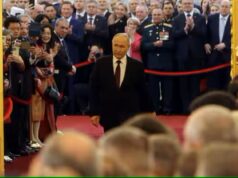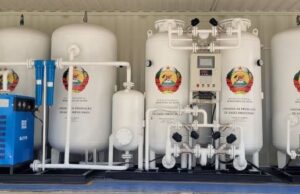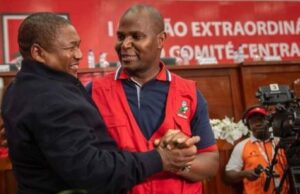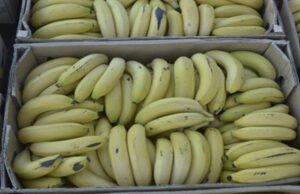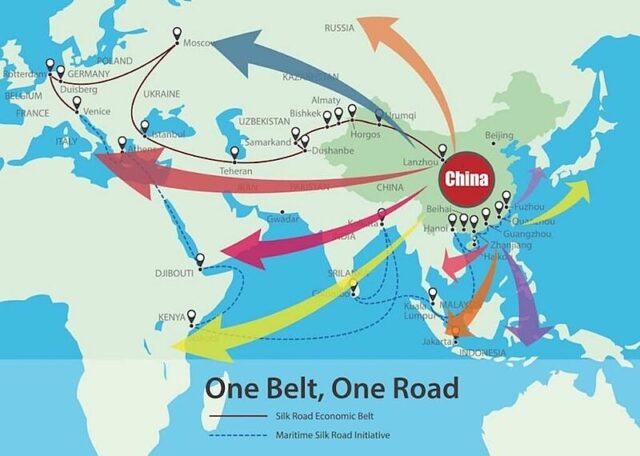
(3 minutes read)
At the forum, President Xi Jinping said China was making available over US$100 billion more to fund infrastructure. However, speculation is rife about the future of the BRI as China is reported to be facing an economic slowdown.
World leaders gathered in Beijing recently to mark the tenth anniversary of the Belt and Road Initiative (BRI). Launched in 2013, BRI activity, according to Chinese sources, has surpassed a trillion dollars. At the forum, President Xi Jinping said China was making available over US$100 billion more to fund infrastructure. However, speculation is rife about the future of the BRI as China is reported to be facing an economic slowdown.
In the midst of these developments, there are strong speculations that the Chinese BRI project has lost its steam. China’s ambitious project, it was reported, was grossly affected by the Covid-19 pandemic which caused huge loss of lives and economic inactivity. Many industrial establishments were closed because of that. Though they started functioning normally, experts feel that it may take a longer time for China to come out of the problems caused by the pandemic. Prior to the pandemic, China was caught in a trade war with the US, blocking its trade and investments considerably. The US companies and those owned by the Western countries gradually relocated from China. That process is still continuing.
As of the end of June 2023, China has signed more than 200 documents on jointly building the BRI with 152 countries and 32 international organizations. According to different estimates, China invested up to US$1 trillion in this initiative and signed more than 3,000 cooperation projects.
China recently released a white paper on the BRI, stating that from 2013 to 2022, direct investment in co-building countries exceeded US$240 billion, and not a single country has fallen into a debt crisis due to participating in Belt and Road cooperation.
With China’s slowing economic growth, the volume of projects and the amount of money going into the Belt and Road Initiative have slipped or stagnated. This is happening at a time when an increasing number of debt-laden countries such as Zambia are undergoing debt restructuring.
Chinese investment in Zambia has grown in recent years to include interests in mining, agriculture, and manufacturing. Aided by President Hichilema’s pro-business attitude, economic ties between Zambia and China appear to be growing stronger.
Trade between China and Zambia in 2022 is US$5.884 billion. Chinese investments in Zambia range from mining interests in Zambia’s copper belt to investments in agriculture, manufacturing, and tourism. The Chinese loans, which stand at more than US$8 billion, were used by former President Uhuru Kenyatta’s government to construct infrastructure like roads, but many of these projects have since stalled after contractors left unpaid bills.
Read Also:
https://trendsnafrica.com/turkey-gives-china-a-chase-for-its-money-in-construction-sector-in-drc/
https://trendsnafrica.com/china-egypt-deal-to-manufacture-fibre-optics/
Kenya’s President William Ruto asked China for a $1 billion loan to complete stalled road construction projects when he travels to Beijing later this month, his deputy said on Friday. Ruto’s plan, which also includes a request to lengthen the maturity periods of existing loans, marks a shift in his stance on Chinese debt after his coalition criticized his predecessor’s borrowing spree from China during last year’s election campaign.
Other countries in Africa are heavily indebted to China. Given the debt trap that most of the countries in the region slipped into, it may be seen what safeguards China will be resorting to for both further lending and for realizing its past loans.



